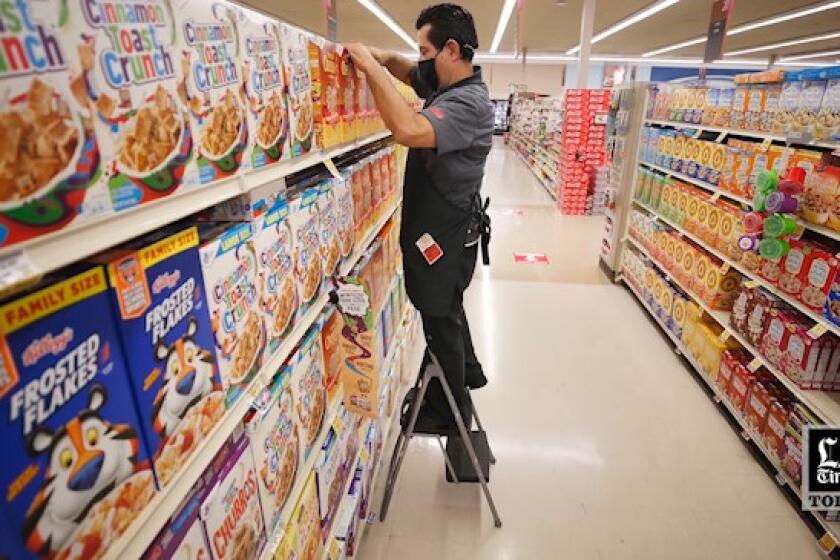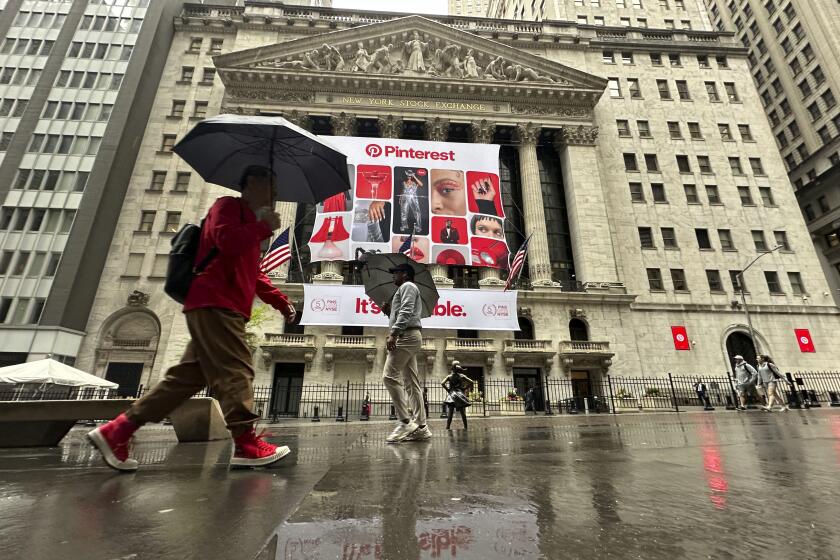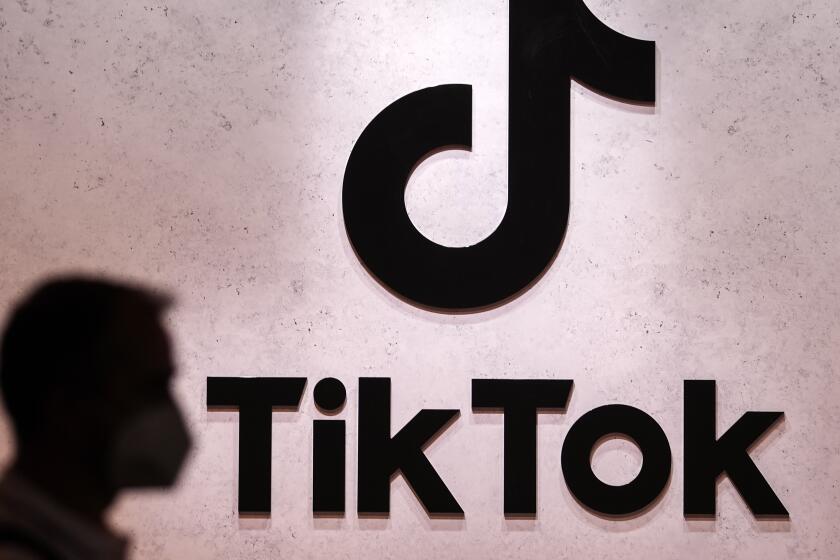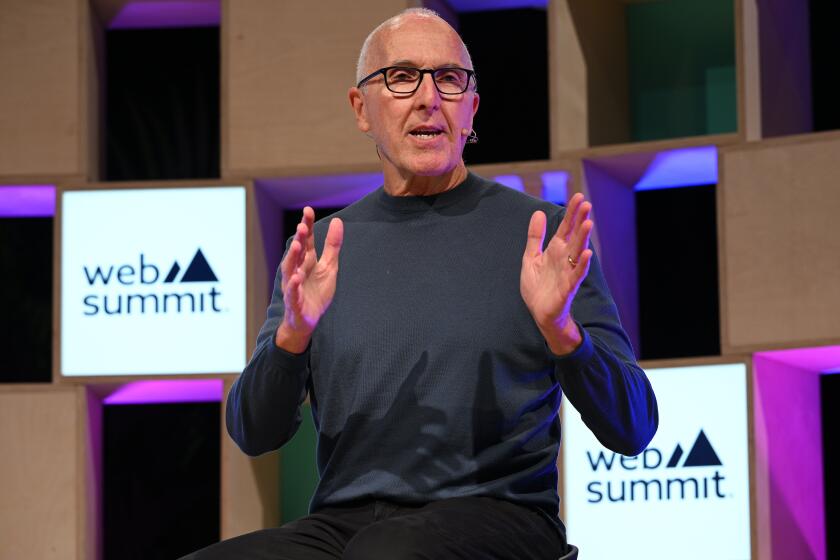Counterfeit imports flood into Southland’s ports
Seizures of counterfeit imports at the nation’s trade gateways rose by 22% in number -- and by 141% in value -- during the first half of fiscal year 2007, federal officials said Tuesday.
Authorities said the flood of bogus goods illustrates how some exporters to the U.S. are increasingly ripping off the intellectual property rights of legitimate manufacturers.
“There is $5 trillion to $5.5 trillion of intellectual property value in our economy and it’s a very valuable thing to steal,” said Jon Dudas, undersecretary of Commerce for intellectual property and director of the U.S. Patent Office.
Dudas and other officials held a news conference Tuesday as part of a weeklong series of events to underscore the economic costs and health threats posed by counterfeit and pirated goods.
In the Los Angeles area, for example, officials said counterfeiting and piracy costs businesses $5.2 billion and was responsible for the loss of 106,000 jobs.
The seized counterfeit goods on display at a U.S. Customs and Border Protection warehouse in Long Beach included laughably amateurish “Dinacell” batteries.
But they also included Lancome skin cream containers that were nearly impossible to distinguish from the real thing: pseudo pharmaceuticals, bogus Donald Duck dolls and phony Air Jordan basketball shoes in boxes that promised a portion of the sales proceeds would go to charity.
Officials said that all the counterfeit goods on display came into the U.S. through the Los Angeles-Long Beach port complex -- the nation’s busiest -- and that the ports are a focal point of enforcement efforts by Customs and Border Protection.
Nationwide, Customs officials reported 7,245 counterfeit and piracy cases between October and March of 2007, compared to 5,940 cases for the same period in 2006. The estimated sales value of the bogus goods rose to $110.2 million from $45.7 million.
The officials declined to divulge any specifics about the Los Angeles region’s ranking nationally or about how many inspectors it had, but they made it clear that Southern California was a prime entry point.
In fiscal 2006, Customs and Border Protection’s Los Angeles office said it confiscated $43.5 million in counterfeit goods, up from $18 million the year before.
“We have 12,000 to 15,000 cargo containers coming at us every day,” said, Kevin Weeks, director of the Los Angeles region’s Field Operations Office, “and some of it is absolutely difficult to detect as fake.”
About 81% of the fakes nationally came from China, up from 75% the previous year.
Shoes represent the biggest single category of seized goods coming into the two ports, accounting for 36% of all confiscated imports nationally.
Steven Lovett, assistant special agent in charge for immigration and customs enforcement for the Department of Homeland Security, said there also was a thriving trade in fake pharmaceuticals.
On the West Coast, that consisted mainly of fake erectile dysfunction drugs patterned after Viagra, Cialis and Levitra, he said. On the East Coast, the dominant fake drug was the painkiller OxyContin.
“There are probably a lot more fakes out there, but we do what we can,” said Susan Ponce, a member of the merchandise enforcement team for Customs and Border Protection.
The U.S. Chamber of Commerce, convinced that there is an insufficient number of inspectors for the task, has hired and trained its own investigators who purchase counterfeit items then pass on the information to authorities.
“We want more agents,” said Caroline Joiner, executive director of the business organization’s Global Anti-Counterfeiting and Piracy Initiative, “and we want them dedicated to intellectual property cases.”







